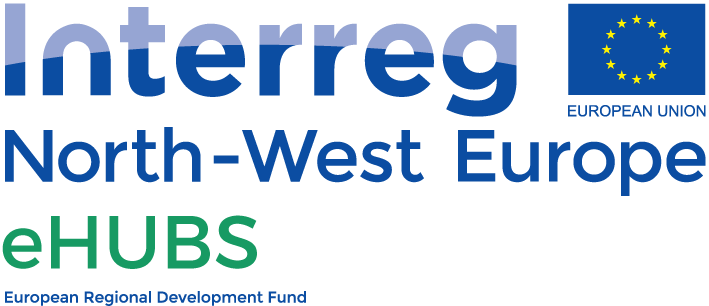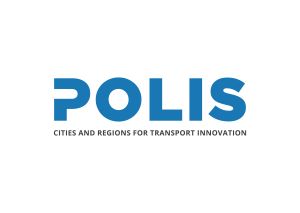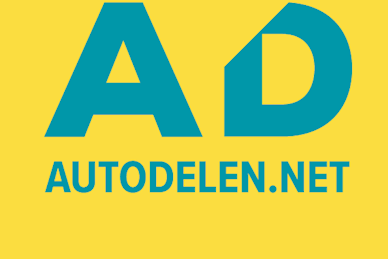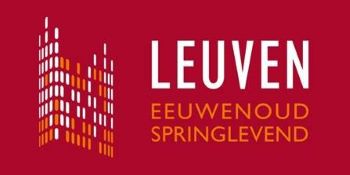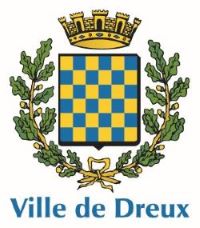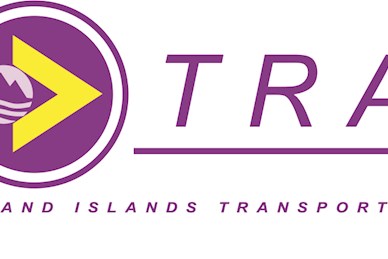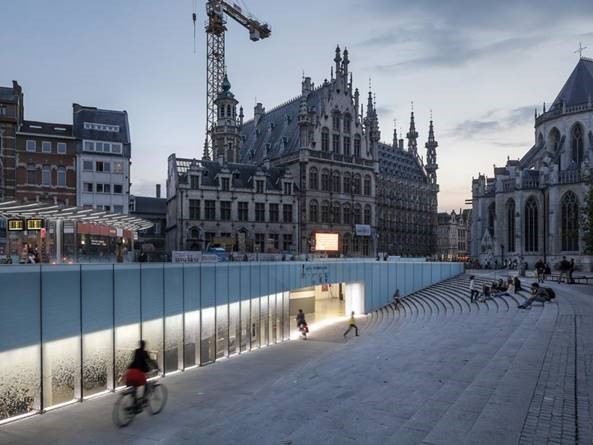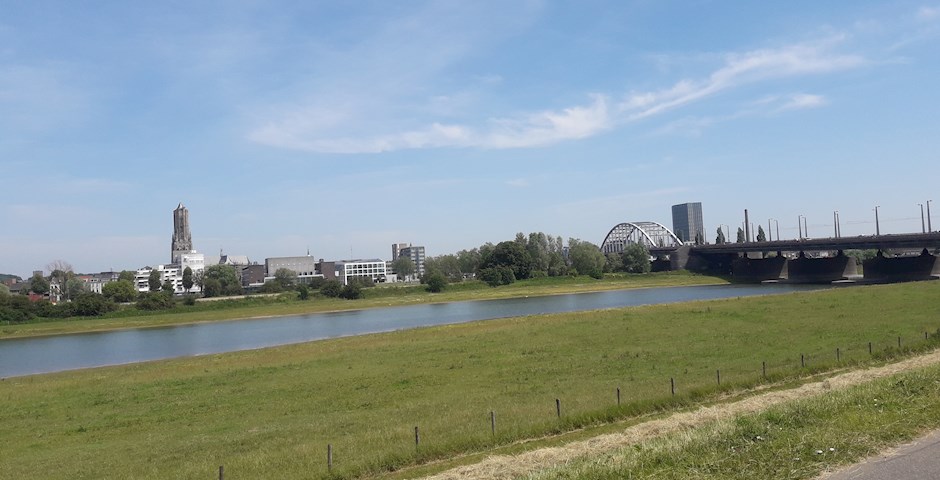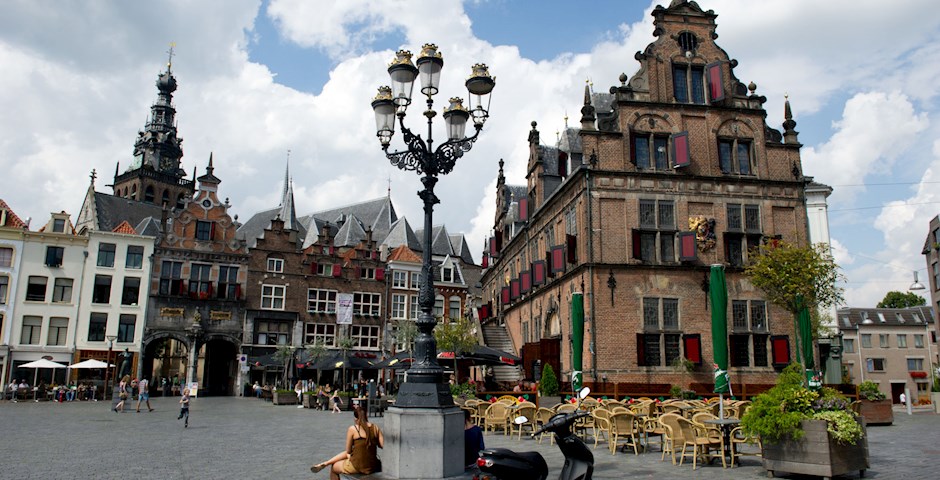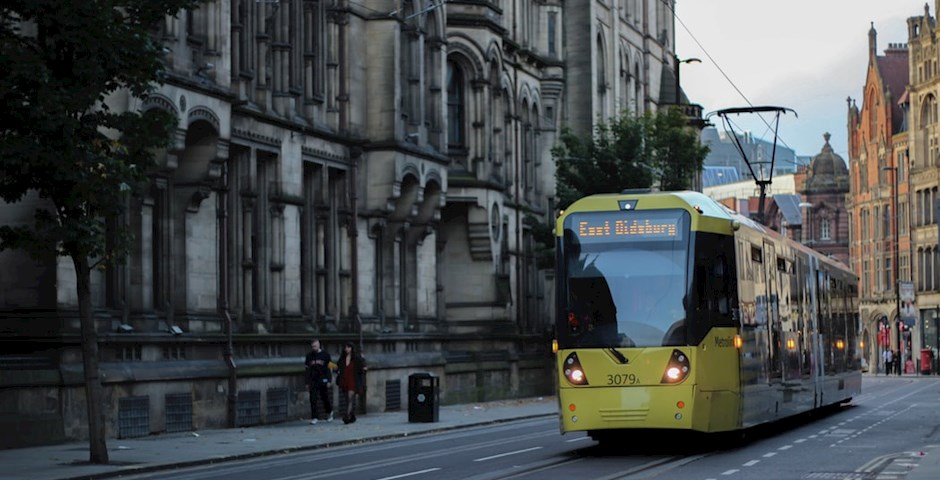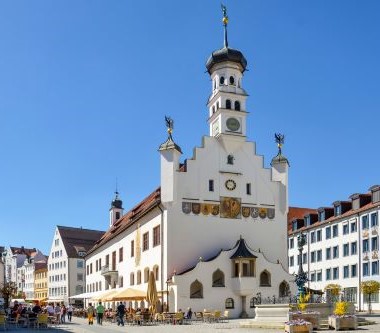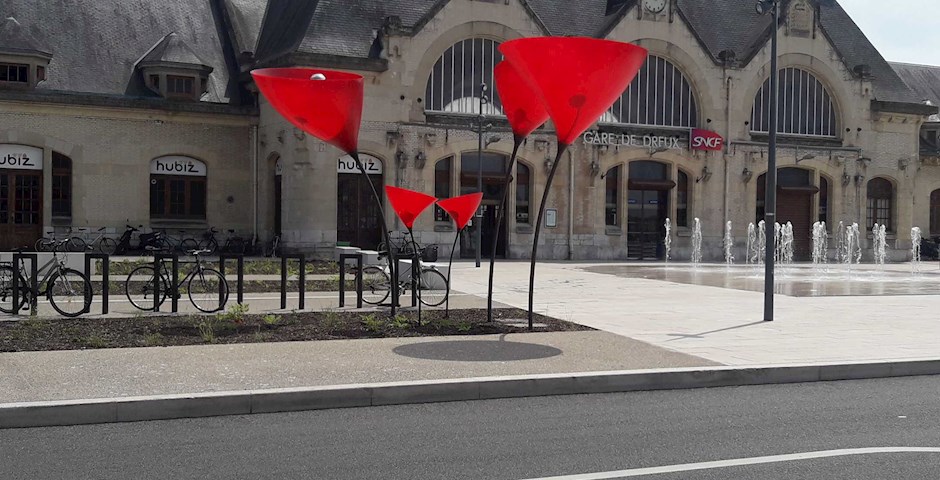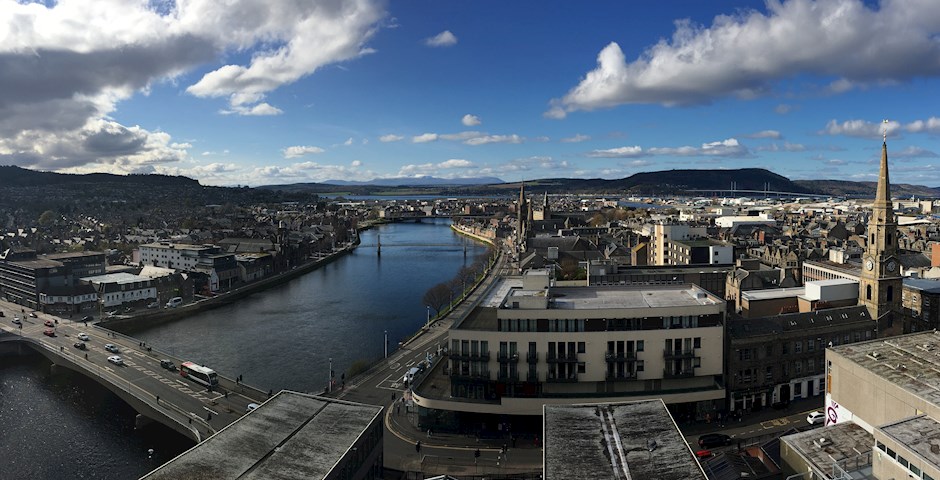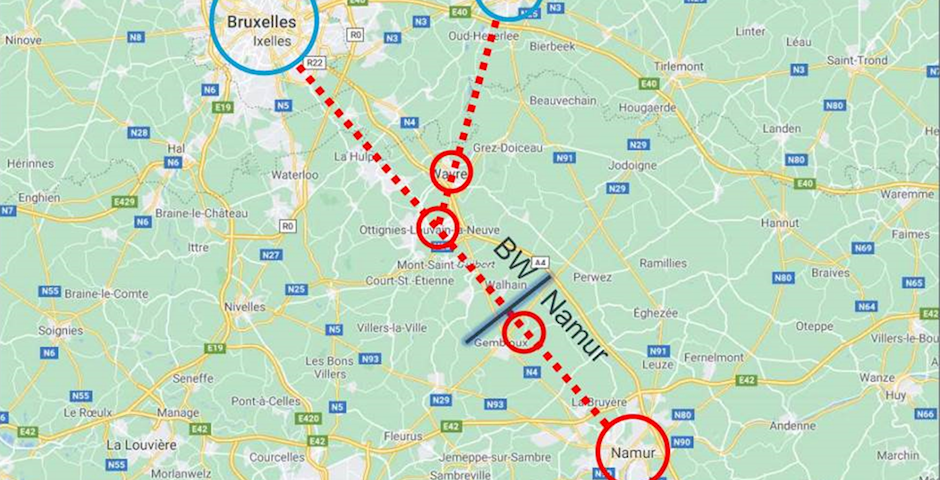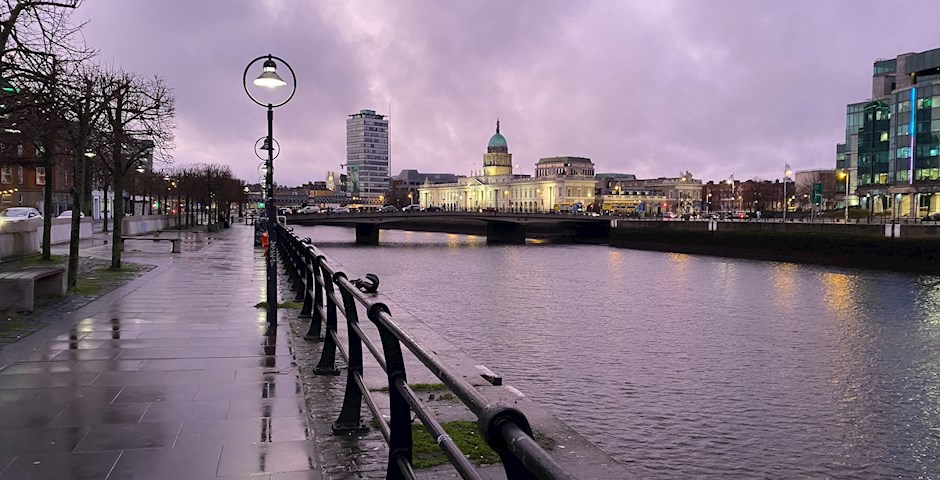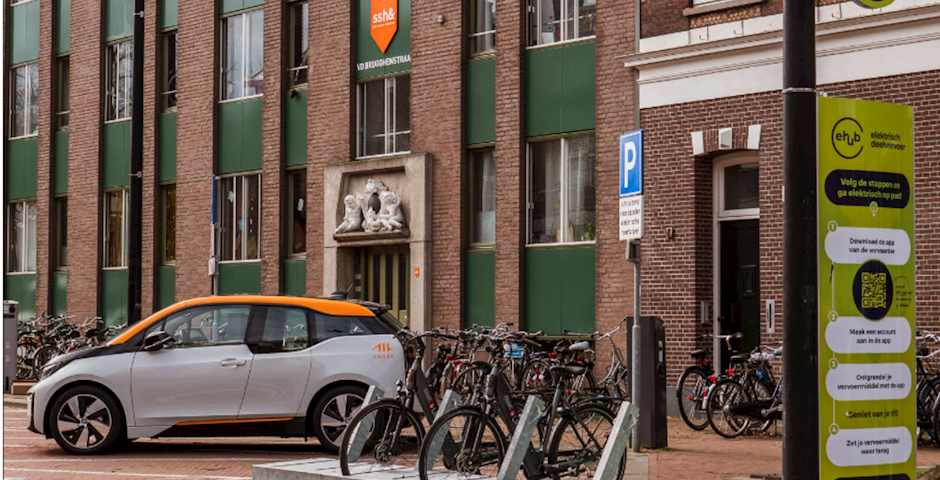Long-term effects
One of the main objective of the eHUBS project is a sustained adoption of eHUBS after the end of the project and beyond the pilot cities involved in the project. In order to do this, the knowledge developed and the lessons learnt from the deployment and the promotion of eHUBS in the six partner cities will contribute to a blueprint, which will serve as the guidance for the replication of the experiences in other European cities and regions.
For the future implementation of eHUBS, a minimum service level will be defined, alongside a regulatory framework of future eHUBS in which a combination of e-shared mobility services in the public domain is defined.
The promotion and marketing of the eHUBS brand in multiple cities beyond the pilots will require a targeted effort aimed at developing and presenting use cases and local project results. The ultimate objective of this action is influence mobility behaviour among inhabitants towards adopting shared and electric mobility as a real alternative to private cars.
eHUBS pilot demonstrations
The main project output is the provision a critical mass of shared and electric vehicles and eHUBS, which will result in a decrease in private car use in cities. This task is undertaken by the six pilot cities and the shared e-mobility providers, who will make available shared mobility for citizens on 92 eHUBS, with almost 2400 shared light electric vehicles.
A joint methodology, which takes into account the diverse characteristics of cities, will be followed in the implementation of shared e-mobility. Different characteristics of the pilot cities will be considered: population size and density; morphology; number of private cars per household; current modal split.
The general eHUBS implementation approach will be diversified according on local variations and specific needs. The results of a continuous exchange between the pilot cities during the project will feed into the set of best practices for successful implementation of e-shared mobility.
Transport Modelling and Travel Behaviour Analysis
Another crucial result that will be developed within the project is a set of behavioural models, which will represent the key to investigating transport users’ attitude, in order to maximise impacts of the eHUBS. Such result will contribute to the draft of a blueprint for the replication of the eHUBS experiences in other European cities and regions.
The travel behaviour models will offer a platform to test the propensity to introduce novel eHUBS infrastructure and to identify where to locate them, based on existing demographic data and together with knowledge of current transport networks, services and operations. Qualitative and quantitative analyses will be included in the travel behaviour models.
Building on proven existing network modelling methods, the effects of eHUBS’ deployment in each pilot city will be analysed. This exercise will bring a transnational perspective to the project and allow essential comparisons of the eHUBS initiative across different cities, contributing to the identification of success factors and barriers.
Project Management
The eHUBS project is managed on a day-to-day basis by a project management team, which ensures that the project is executed according to plans and builds on experience and best practices from the management of previous INTERREG NWE projects.
Communication
The communication activities undertaken in the context of the project have the ultimate objective of increase the project visibility, disseminate project results and outputs, and making eHUBS a key reference for those professional audiences interested in the integration of shared and electric mobility services in cities.
The communication activities will be structured by means of a communication strategy, which will distinguish clearly between European-level and site-level communication.
eHUBS will organise outreach activities to take-up cities, a series of webinars which will focus on specific aspects of eHUBS, and it will fully exploit the INTERREG NWE communication tools and online channels. eHUBS will be featured at relevant international conferences and workshops dedicated to sustainable and innovative urban mobility.
eHUBS pilot demonstrations in new pilot cities and regions
Thanks to the capitalisation call, the project has engaged with additional cities and regions in North-West Europe (Dublin, Inverness, and Wallonia). These pilot sites will deploy and pilot eHUBS, by drawing on the experience of the existing partnership and taking advantage of the knowledge and experience collected by the first seven pilot cities.
The new pilot sites will determine eHUBS locations, draft strategic and operational plans, define the eHUBS network together with shared mobility providers (cooperation or procurement), put in place a communication campaign and provide data to the academic partners in the consortium, in order to measure the impacts of eHUBS deployment on local transport systems.
Support to pilot cities and regions in the uptake of the TOMP-API standard
The TOMP-API is an interface that connects transport operators and MaaS providers within a MaaS ecosystem and includes information on operator, planning, booking, support, payments and trip execution. The TOMP-API is currently in use, but transport operators need help to implement the standard. This activity supports NWE-wide uptake of the TOMP-API, with a focus on new cities and regions specifically, in order to maximise the impact of the project.A series of meetings between transport operators and cities will be held to establish a structured dialogue on the issue and to reach an agreement on use cases for datasharing and data specification.
Involvement of further replication cities and transport operators in new and existing regions and update of the eHUBS blueprint
Thanks to the capitalisation call for the project, a further set of activities will be organised in order to involve additional replication cities and transport operators in both existing eHUBS regions, as well as in new regions. Workshops, webinars, a second International eHUBS Academy, as well as an update to the eHUBS Blueprint will be provided.
Investigation of the eHUBS potential to deliver sustainable transport in the new pilot sites.
The project will explore how eHUBS can deliver a modal shift to greener transport for longer door-to-door trips, from suburban and rural areas, by serving first and last-mile mobility needs and single trips in wider conurbations.
This study will be realised by the means of questionnaires, summary reports, focus groups, and finally reporting and analysing the outcomes of changes that have occurred in people’s attitudes or travel behaviour as a result of the deployment of eHUBS.
